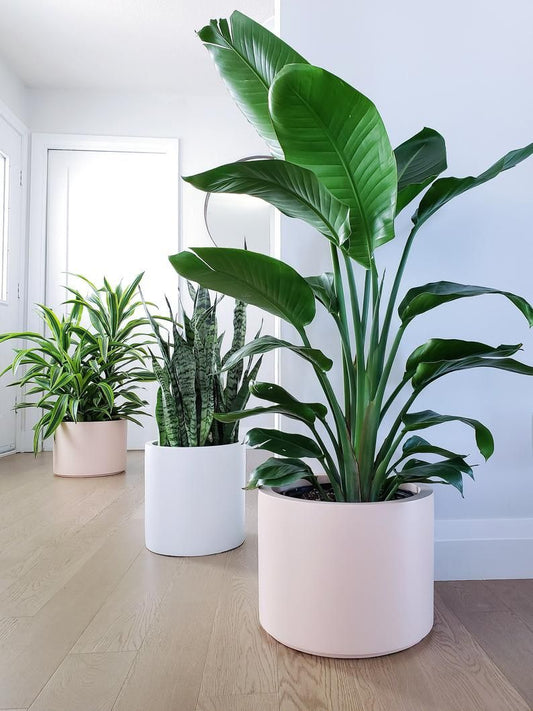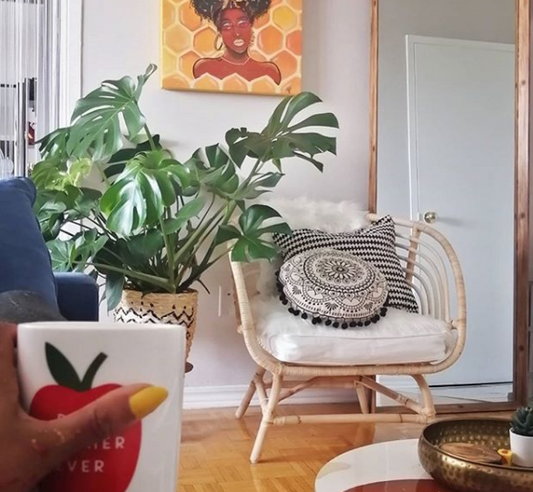Design Tips

How Plants Can Improve Your Mental Health: Bene...
We all know that spending time in nature can be good for us. But did you know that plants specifically can have a positive impact on our mental health? In...
How Plants Can Improve Your Mental Health: Bene...
We all know that spending time in nature can be good for us. But did you know that plants specifically can have a positive impact on our mental health? In...

How Plants Can Elevate Your Home Decor: Tips an...
How Plants Can Elevate Your Home Decor: Tips and Ideas Plants are more than just a way to add a touch of green to your home decor. They can also...
How Plants Can Elevate Your Home Decor: Tips an...
How Plants Can Elevate Your Home Decor: Tips and Ideas Plants are more than just a way to add a touch of green to your home decor. They can also...

Ways to Reframe + Refresh Your Home
Fall is upon us, and our wardrobe isn’t the only thing that’s changing - we think every home could use a little refresh to welcome back the coziest season of...
Ways to Reframe + Refresh Your Home
Fall is upon us, and our wardrobe isn’t the only thing that’s changing - we think every home could use a little refresh to welcome back the coziest season of...

The Best Plants for Holiday Decorating
As you start to decorate and make your space feel more merry and bright, consider adding these 6 holiday plant favorites for some extra cheer. There’s nothing like being home...
The Best Plants for Holiday Decorating
As you start to decorate and make your space feel more merry and bright, consider adding these 6 holiday plant favorites for some extra cheer. There’s nothing like being home...
